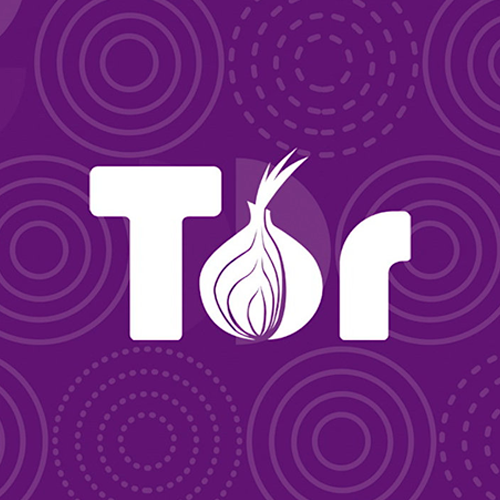
- A nonprofit founded in 2006 to protect privacy.
- Develops the Tor network and Tor Browser for anonymous internet access.
- Its mission is to defend free speech and access to information.
- An open-source project supported by a global community.
CLEARNET LINK
The Tor Project
Inc. officially became a 501(c)(3) nonprofit in 2006, but the concept behind “onion routing” reaches back to the mid-1990s.
From the beginning, Tor has been shaped by a wide range of contributors—developers, academics, researchers, and volunteers—who all share one conviction: people deserve private, unrestricted access to the web.
Early Roots of Onion Routing
By the mid-1990s, it was clear that the internet lacked strong protections against surveillance. In 1995, three researchers at the U.S. Naval Research Lab—David Goldschlag, Mike Reed, and Paul Syverson—posed a key question: could online communication remain private even if the network was being monitored? Their answer came in the form of onion routing, a design that layered encryption and sent traffic through multiple servers to obscure its origin. That same basic principle is what powers Tor today.
The Birth of Tor
In the early 2000s, MIT graduate Roger Dingledine joined Syverson at NRL to continue developing onion routing. To set this work apart from similar efforts elsewhere, Roger coined the name “Tor,” short for The Onion Routing. Soon after, his MIT classmate Nick Mathewson joined the project.
From the outset, the system was meant to be decentralized and transparent. Volunteers with varied backgrounds and motives would operate the network, while the code itself would remain free and open source. In October 2002, the first version of the Tor network launched with its code publicly available. By late 2003, there were a dozen volunteer nodes running—most in the U.S., with one in Germany.
Support and Growth
Recognizing Tor’s potential to protect digital rights, the Electronic Frontier Foundation (EFF) began funding the project in 2004. Two years later, The Tor ProjectThe Tor Project is a nonprofit organization dedicated to protecting online privacy and ensuring uncensored access to the internet. Emerging from U.S. Naval Research Lab experiments with onion routing in the 1990s, Tor evolved into a decentralized, volunteer-powered network that hides user identities by routing traffic through multiple encrypted relays. Since the launch of the Tor Browser in 2008, it has become a crucial tool for activists, journalists, and everyday users worldwide—supporting free expression during events like the Arab Spring and proving resilient in the face of mass surveillance disclosures. Today, Tor is sustained by a global community committed to human rights, transparency, and digital freedom. More, Inc. was incorporated as a nonprofit to sustain development. In 2007, the team introduced “bridges”—special entry points to Tor designed to help users bypass government censorship and firewalls.
Around this time, Tor also became more user-friendly. Tools were created to expand its use beyond just a proxy, and by 2008 the Tor Browser was in active development, making the technology accessible to non-experts.
Tor in Action
With Tor Browser, the network became a vital tool for activists and ordinary users. During the Arab Spring uprisings beginning in 2010, Tor helped people protect their identities while accessing blocked news sites, social platforms, and essential resources.
The importance of privacy tools became a mainstream issue after Edward Snowden’s disclosures in 2013 revealed the scale of mass surveillance. Not only was Tor key to Snowden’s communications, but the leaked documents confirmed that Tor’s security remained intact at the time.
Where Things Stand Today
Surveillance, censorship, and tracking have only grown more sophisticated, but so has Tor. The network now consists of thousands of volunteer-run relays serving millions of users across the globe. Its very diversity is what gives Tor its strength.
At The Tor ProjectThe Tor Project is a nonprofit organization dedicated to protecting online privacy and ensuring uncensored access to the internet. Emerging from U.S. Naval Research Lab experiments with onion routing in the 1990s, Tor evolved into a decentralized, volunteer-powered network that hides user identities by routing traffic through multiple encrypted relays. Since the launch of the Tor Browser in 2008, it has become a crucial tool for activists, journalists, and everyday users worldwide—supporting free expression during events like the Arab Spring and proving resilient in the face of mass surveillance disclosures. Today, Tor is sustained by a global community committed to human rights, transparency, and digital freedom. More, the mission is clear: to ensure private, uncensored internet access for everyone. But Tor is more than just a collection of tools—it’s the product of an international community dedicated to human rights, transparency, and user safety.


